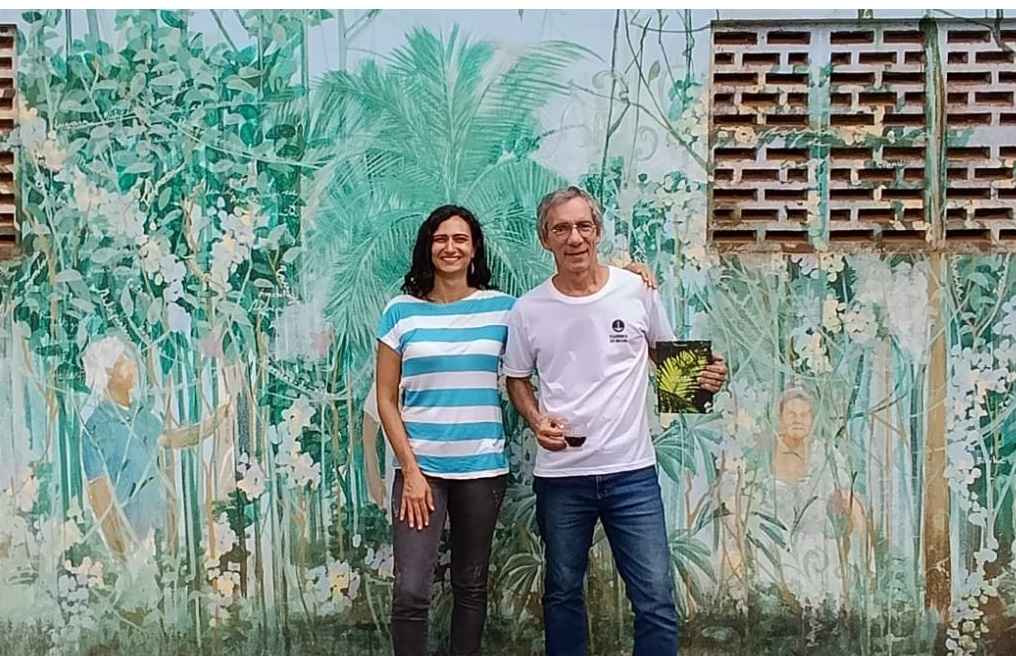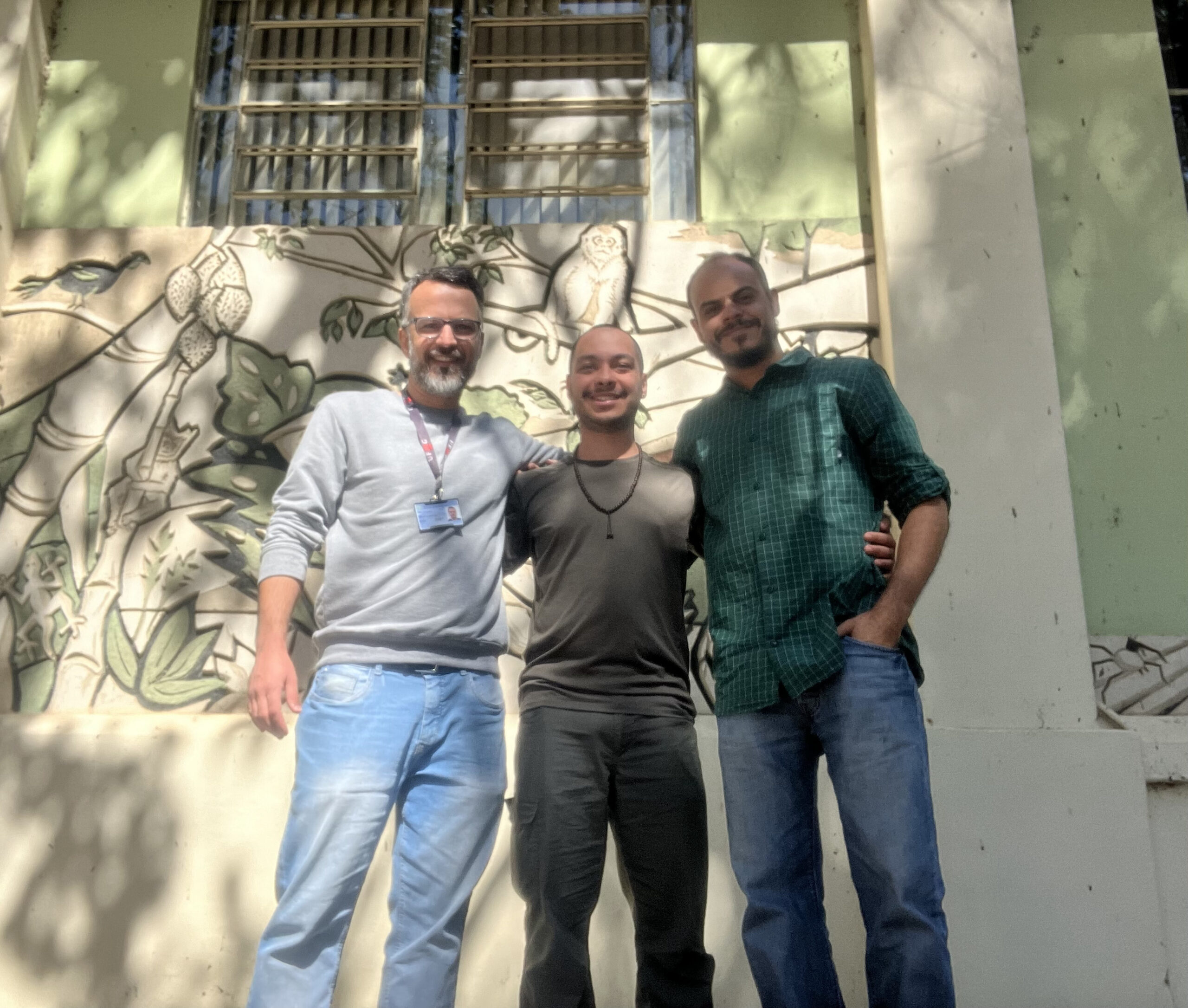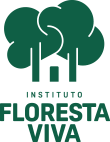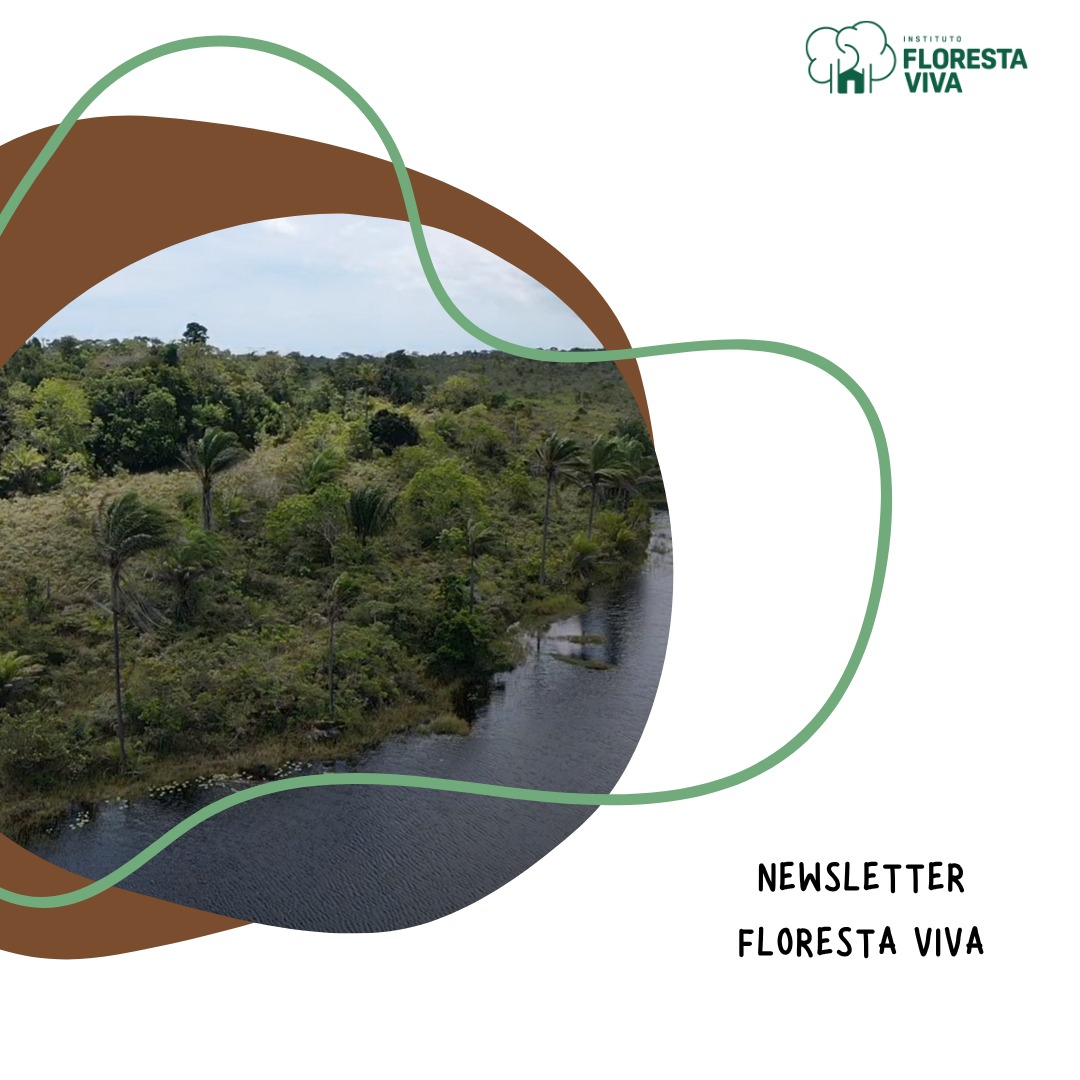Reforesting 30 hectares of degraded areas in the Serra do Conduru State Park by the end of 2008 is the main objective of the agreement signed yesterday (26) between the State Secretariat for the Environment and Water Resources (Semarh) and the Floresta Viva Institute , an organization based in the municipality of Ilhéus.
The initiative integrates the actions of the Floresta Bahia Global Program, launched in June by Governor Wagner, to neutralize carbon gas emissions, in official trips carried out by state aircraft until 2010.
In order to decarbonize the governor's trips, a calculation was made of the number of hectares of native forest, necessary to sequester the volume of carbon gas emitted and, based on this proportion, the number of seedlings to be planted and cultivated to reach the degree of neutralization, the equivalent of 30,000 seedlings. The projections were made by technicians from Semarh's Superintendence of Biodiversity, Forests and Conservation Units, based on calculations carried out by an internationally certified consultant.
In addition to reducing the effects of global warming, the agreement aims to generate employment and income for more than 20 families in the region, with the production and planting of seedlings. According to the director of Instituto Floresta Viva, Rui Barbosa da Rocha, the small producers will collect the seeds, produce the seedlings, develop the planting and will also be responsible for maintaining the restored area. “The goal is to work with 100 families and recover 1,000 hectares of degraded areas by 2009”, stated Rocha.
Floresta Viva aims to conserve the region's nature, promoting economic development and the organic production of fruits and vegetables for the local market, contributing to the implementation of existing conservation units in the south of Bahia. The agreement has the technical-scientific support of the State University of Santa Cruz (Uesc), in the identification of the mother trees, which will produce the seed and in the follow-up of the forest regeneration process.
Conductor's Park
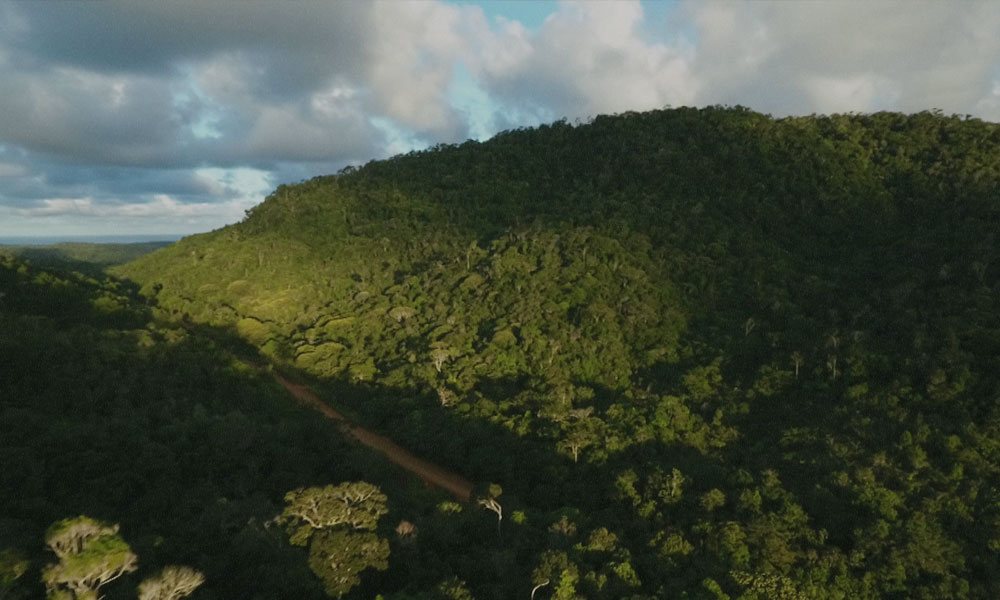
The area is an important world-wide center of species diversity from various taxonomic groups, such as primates, reptiles, ants and a variety of other plants and animals. In a recent biological inventory, botanists from the Executive Committee of the Cocoa Crop Plan (Ceplac) and the New York Botanical Garden obtained one of the highest records of the number of tree species per hectare, totaling 456, including 15 species new to science, in a single search area.
The park still protects important hydrographic basins, which supply the municipalities of Ilhéus, Itacaré and Uruçuca, sheltering sources of 30 rivers and streams, in addition to representing one of the most important blocks of forest remnants of the Atlantic Forest, totaling an area of 9,275 hectares.

